While IKEA is collaborating with Apple for its ARKit furniture app, Marxent is ready to help the rest of the interior decorating and home improvement crowd with their apps.
The company already counts Ashley Furniture, Lowe's Home Improvement, and AZEK among the companies that use Marxent technology in their augmented reality apps.
The VisualCommerce 3D Cloud platform serves as the backbone for augmented and virtual reality apps. It manages content in the cloud, facilitating the delivery of 3D product models to mobile apps. In addition, Marxent provides markerless augmented reality tools that enable companies to extend to Android users the same experience iOS customers enjoy.
Beck Besecker, Marxent's CEO, took a few minutes to answer our questions about their services and how they fit into an ARKit-enabled future.
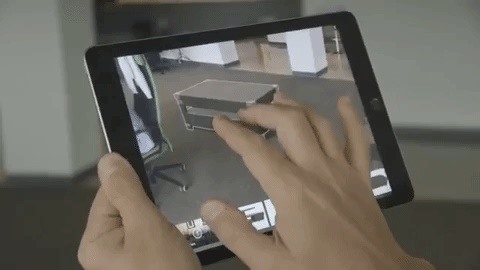
Next Reality: What does VisualCommerce 3D Cloud do?
Beck Besecker: VisualCommerce 3D Cloud is Marxent's cloud-based content management system (CMS) and suite of AR/VR solutions for homebuilders, retailers, and manufacturers. The system was designed to power upstream solutions at various points throughout the customer journey, including mobile markerless AR, VR experiences, web configurators, and touchscreen showrooms. For consumers, the benefit of 3D product visualization is clear; it allows people to try out different configurations and features of products before making a purchase, creating an emotional experience and increasing buyer confidence. We've applied VisualCommerce 3D Cloud to homebuilding, retail, and manufacturing in particular because those shopping experiences are what we call high-consideration purchases. They often have a configuration variable, so looking at one individual product may not be sufficient.
Seeing as homebuilders, retailers and manufacturers tend to have semi-permanent inventory that won't require frequent 3D modeling, there's a clear ROI through offering a visualization experience to customers. But, a CMS is key to enable this at the enterprise level. Managing 20, 30 or even up to a hundred products may be manageable without a CMS, but for brands that have a product catalog of up to hundreds of thousands of products and product variations, you need a system that can effectively render models for each unique device and experience, and allow enterprises to easily publish reusable assets over time. That's what Marxent's VisualCommerce 3D Cloud enables.
NR: How will ARKit improve Marxent's offering?
BB: ARKit is an invitation for app developers to embrace and use 3D content in new ways within existing apps –and also to envision new ways to use 3D content. We expect it to increase demand for our CMS offering because we offer the singular 3D CMS specifically designed for AR/VR.
ARKit makes publishing AR experiences as part of an iOS app very easy, but it doesn't create or manage the content that goes into those apps. Marxent's solution works across platforms and on older devices as well - so it allows a retailer who wants to build an ARKit app to publish an experience that is approximate to Android as well.

NR: Why is a CMS important for ARKit apps?
BB:With ARKit, developers will be able to easily publish AR content without needing specialized skills or expertise. But, creating and managing 3D content will still be a challenge, and Apple has yet to provide any services to address this need. It may be manageable to build an app that involves just a few 3D models within a scene, but for businesses looking to tap into AR in a meaningful way, it's a different story.
A CMS will be key for ARKit to reach its full potential, as it will enable businesses to host and manage large amounts of realistic-looking 3D content that can be deployed at scale, which consumers will inevitably come to expect as the technology becomes more mainstream.
At Marxent, we've already started experimenting with ARKit, to explore what's possible when the SDK is integrated with VisualCommerce 3D Cloud. You can check out our ARKit home design app, which allows users to design the room they're in by adding and configuring furniture around the space, leveraging VisualCommerce 3D Cloud as a CMS.

NR: I see that companies like Ashley Furniture, Lowe's Home Improvement and Azek use your platform for their apps. Will their apps be ARKit compatible day one since they use your platform?
BB:Using AZEK as an example, AZEK has a web app that uses Marxent's Markerless AR solution right now. Once iOS 11 is released, we will likely update that to use the ARKit standard.
In general, Apple encourages iOS developers to adhere to iOS standards. But AZEK is a great example of how VisualCommerce works. They use the same 3D assets and meta content across Web GL and mobile applications. If they wanted to add additional platforms, it's just a matter of setting it up. Their VisualCommerce content library is a workhorse. They don't need to create new content for each platform. If colors, textures, or products change or are retired, they make those changes and they are updated universally across platforms.
Just updated your iPhone? You'll find new features for Podcasts, News, Books, and TV, as well as important security improvements and fresh wallpapers. Find out what's new and changed on your iPhone with the iOS 17.5 update.
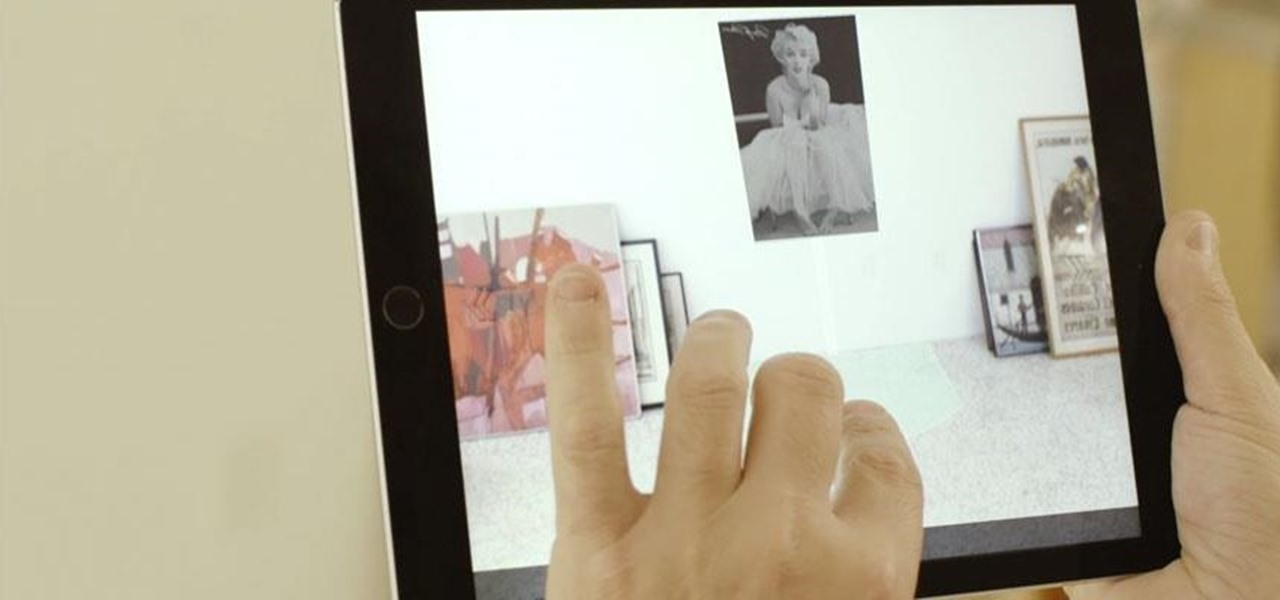









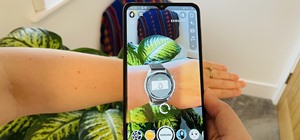


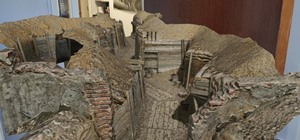




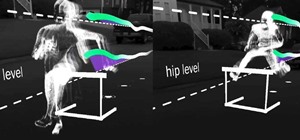






Be the First to Comment
Share Your Thoughts